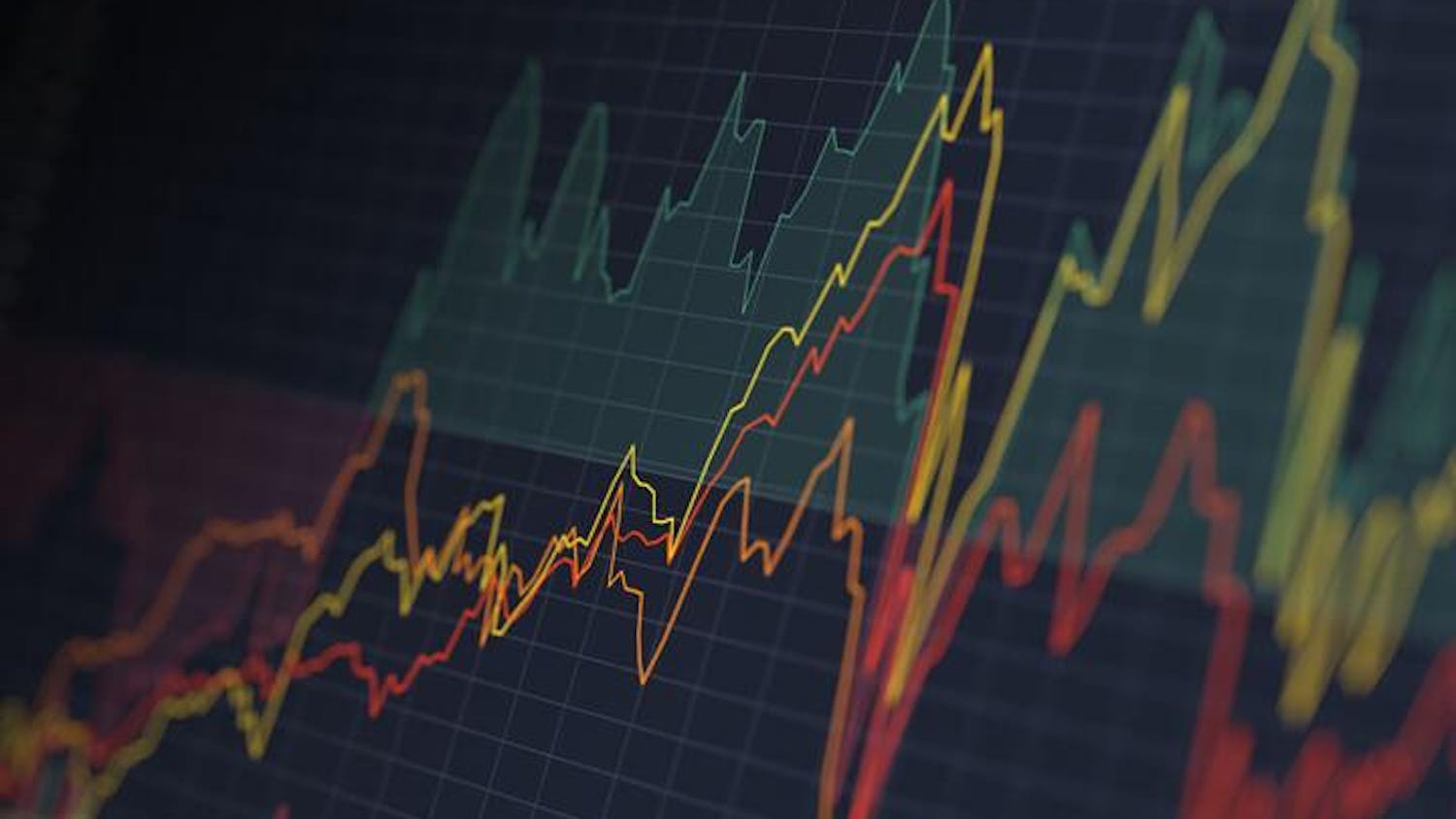Imagine a woman who weighs only 75 percent of the normal body weight for a woman her size. She is anorexic, and when she was hospitalized, she weighed only two-thirds of the normal body weight. However, because of her insurance company's narrow definition of anorexia, at 75 percent body weight she no longer qualifies for in-patient care and may have to be discharged long before her doctor's treatment plan would dictate. Because of health care guidelines for diagnosing mental disorders, this dangerous situation has occurred for millions of Americans with eating disorders.
The guidelines for diagnosing eating disorders, as outlined in the Diagnostic and Statistical Manual of Mental Disorders, distinguish between anorexia, bulimia and "Eating Disorder Not Otherwise Specified" (EDNOS). If a patient does not display all the symptoms of anorexia or bulimia, as they are described in the manual, he or she is put into the EDNOS category. Millions of people with dangerous eating practices are simply diagnosed as EDNOS, which provides their insurance companies with very little information regarding the severity of their disorders.
A variety of different eating disorders fall into the EDNOS category, many of which are dangerous or even life-threatening. People whose disorders fall under this category include those who are diagnosed as compulsive binge eaters, people who are anorexic but still menstruating and people who are of normal weight but are still purging what they eat (the main symptom of bulimia). With such a diversity of eating-disorder patients lumped into the same vague diagnostic category, many insurance companies have room to deny patients coverage that would be afforded to those labeled as anorexic or bulimic. This frequently results in those with mental eating disorders falling through the cracks of the health care system.
A recent study in the journal Pediatrics found that more than 60 percent of people labeled EDNOS met criteria for hospitalization. Especially striking is the finding that most had more significantly deteriorated health than patients diagnosed with bulimia. That means that those people may struggle to get insurance coverage for their medical treatment, a struggle that they would not have to endure if guidelines were revised to include more subcategories of eating disorders than just "anorexic" and "bulimic."
With only two specific eating disorder diagnoses and one nonspecific blanket label for everyone else, millions of Americans with dangerous mental disorders are not receiving insurance coverage for the medical treatment they need. For example, binge eaters alone constitute 25 million Americans who struggle to receive medical treatment that could potentially help them prevent heart disease and other long-term, obesity-related medical conditions.
The current guidelines mean that many patients who could receive treatment before their condition begins to severely harm their health do not qualify for treatment coverage. These patients should not be turned away from health care simply because they sought treatment before it became life-threatening.
As long as definitions of "anorexia" and "bulimia" remain so narrow, many more people will continue to receive inadequate medical treatment. While people with a broad spectrum of eating disorders continue to fall under the same imprecise EDNOS label, millions of dangerously unhealthy Americans will continue to go without insurance coverage for their treatment. The Diagnostic and Statistical Manual of Mental Disorders must be revised so that eating disorders can be diagnosed with specific language that provides sufficient information to insurance providers.





